How to Grow Your Online Marketplace with Social Proof
When you find yourself in a new or unfamiliar situation, what do you do?
Most likely, you’d look for clues from others around you who have navigated a similar situation or those who are more knowledgeable than you are. Then, you follow their lead, trust their opinions, and avoid their mistakes.
That’s social proof at work.
And it’s the same for a shopper trying an online marketplace for the first time. They’re not sure about what to expect from the products they see. How can you take advantage of social proof and assure them that your sellers have the right product for them? Don’t worry, today’s guide will cover five practical social proof eCommerce tips you can implement.
Let’s start with the basics.
What Is Social Proof?
Social proof is a psychological phenomenon that describes the human tendency to rely on the actions and opinions of others to inform ours. You can call it a bandwagon effect. So, before potential customers opt for a marketplace, they tend to seek validation from trust signals like:
- Positive feedback
- User-generated content
- Influencers
- Product popularity
- Certifications
Bear in mind that these signals aren’t limited to eCommerce, though. Whether you’re planning fintech, hospitality, or even SaaS marketing strategies, leveraging them is a surefire way to earn your customers’ trust. That’s how versatile they can be.
5 Social Proof Tips to Grow Your Online Marketplace
Now let’s cover five social proof eCommerce tips you should follow to convince customers your products are right for them:
1. Gather Customer Reviews and Testimonials and Display Them
Your past customers are your biggest marketing assets. That’s because when new online buyers want to buy your product, 97% get their assurance from what your previous customers are saying. This is according to research from Power of Review. So, displaying your customer testimonials makes these customers more likely to buy from you.
But before you can obtain positive reviews from customers, they must be happy with your marketplace, especially your product quality and customer support. You’ll easily nail down the product quality if you take the time to vet the vendors you onboard.
And for support, ensure your team is always there to address your customers’ problems or questions. Of course, offering excellent customer support can be expensive. But you can still adopt some smart ways to cut costs. For instance, you can opt for a cloud contact center instead of a traditional one.
With both areas addressed, you can be sure your customer base is brimming with happy customers. You may then proceed to collect reviews from these individuals. How?
One way is to integrate review automation tools like Truview or Arrivala into your marketplace. These tools can automatically help you ask your customers for reviews after a purchase. Another way is to send personalized emails to your customers, requesting their honest opinion on the product they bought. You don’t have to write these emails manually; use a generative AI platform to automate the process. For instance:
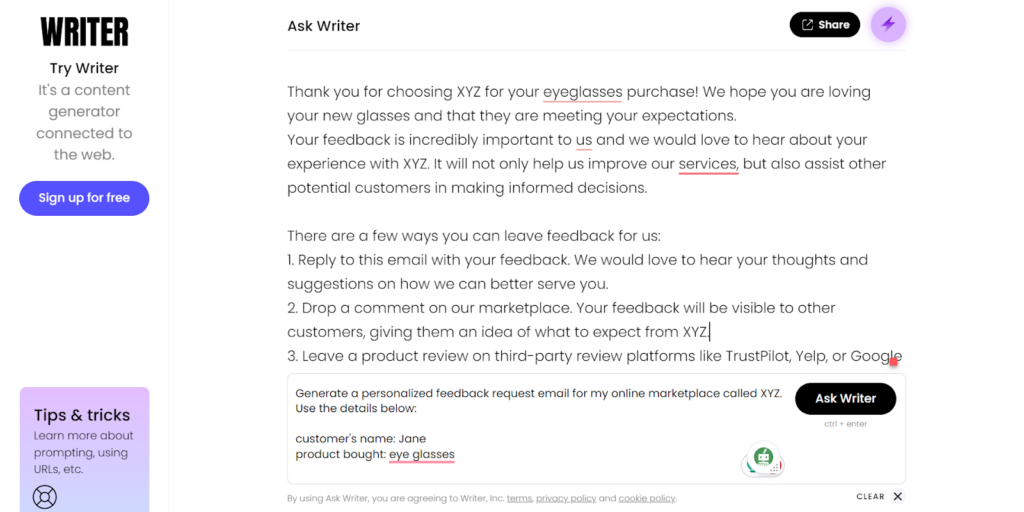
Mind you, the more options customers have, the more likely they are to leave a review. So, as the image above shows, for instance, you can ask them to:
- Reply to the email with their feedback
- Drop a comment on your marketplace.
- Leave a product review on third-party review platforms like TrustPilot, Yelp, or Google Business Profile. You can also include links for them to use.
- Record a video testimonial on their phone, just by clicking on a link to a one-click testimonial tool like TrustMary or Boast.io.
When you get these testimonials, feature them everywhere—on your website, social media platforms, and other marketing channels. Check out this example from WikiFarmer:

One final thing. When you get negative reviews, don’t hide them. This might seem counterintuitive, but 85% of customers actually prefer businesses with some negative reviews, according to the power of review study mentioned earlier.
2. Encourage User-Generated Content (UGC) and Showcase It
User-generated content (UGC) is any content your customers create, showcasing your marketplace’s products. It can be a video, a photo, or even a blog.
UGC helps prospects see how real people are using products listed on your marketplace. Let’s say, Mr. A, a potential client, can’t decide if a shirt in your marketplace will fit. With UGC, they might find someone with a similar body structure wearing the shirt perfectly. This can give them the confirmation they need to opt for the product.
But how can you get this valuable content? Well, it’s fairly straightforward.
You can just ask your customers for it via email, like you did for user reviews. But a more fun and effective way is to run a UGC social media contest, where people can make different content with your product. Then, they tag your marketplace or use specific hashtags of your choice.
After you get the UGC, feature the best ones across your marketing channels—websites, social media posts, and emails. Here’s an example from Poshmark on Instagram:

Don’t forget, always ask the creators for permission before using their content to avoid any legal issues.
3. Highlight Popular Products
Customers often think, “If so many people are buying this product, then it must be right for me.” Remember the bandwagon effect? That’s why it’s clever to shine the spotlight on the products that are selling well in your marketplace.AliExpress does this by having a top online purchases section with the number of items sold on its homepage. It takes this a step forward by offering a time-bound discount on those products. That’s a brilliant combination of social proof and a sense of urgency to sway potential buyers into action. This is something you can emulate, too.
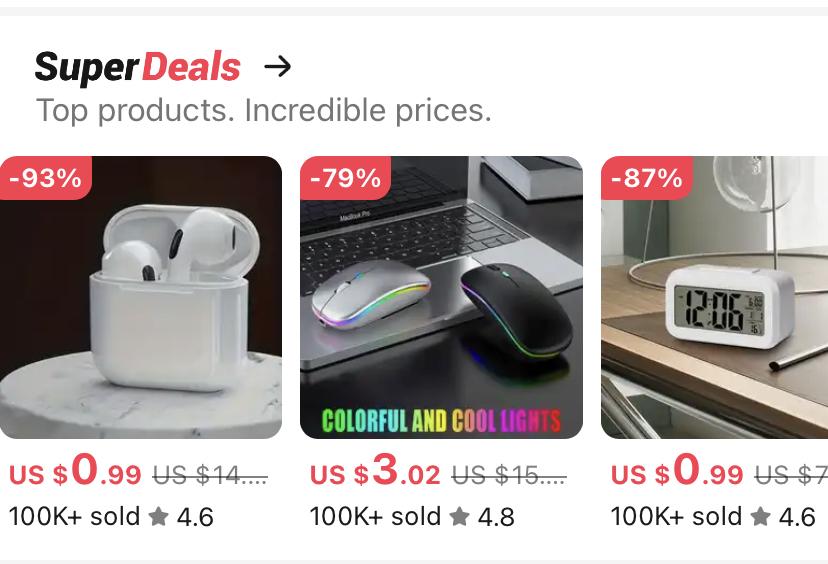
But before you offer discounts, talk to your sellers and agree on a fair price that works for both of you.
Also, don’t limit yourself to your website. If you have the emails of some of these undecided prospects, send them notifications about popular products to help them make a purchase decision. See how AliExpress also does this below:
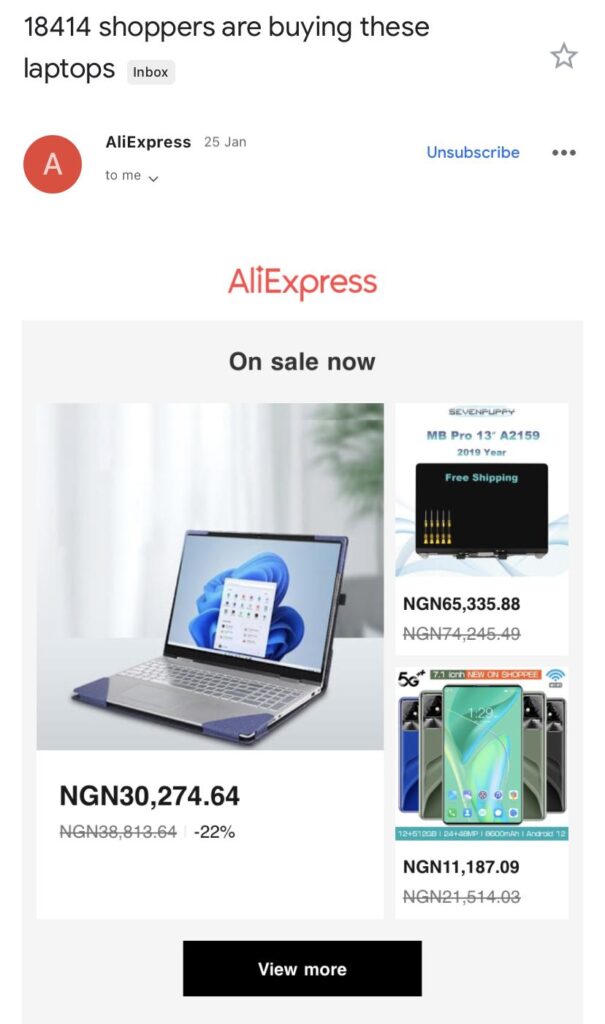
An email like the one above can further persuade these potential online customers to opt for a seller on your marketplace.
4. Partner with Influencers
One out of three customers trust influencer recommendations when making buying decisions. This makes influencer partnerships an important social proof eCommerce strategy you shouldn’t ignore.
The first step is finding influencers to partner with. But to do that, you need to decide on the social networks on which you want to spend your influencer budget. Preferably, this should be where your ideal customers are present.
You can check the audience analytics of the platform to see if your target audience hangs out there. For example, TikTok is a gold mine if your marketplace mainly targets Gen Z.
Another option is to use social listening tools like Brand24 or Hootsuite to see the kinds of discussions going on in the channel. If they’re mostly related to your brand, that’s the confirmation you need.After deciding on the platform(s), move on to search for influencers relevant to your niche there. Simply conduct a Google search using the following format: niche keyword + influencer “K followers”site:yourpreferedplatform.com. This search will return a list of influencers you can go for. Here’s a sample search for fitness influencers on TikTok:
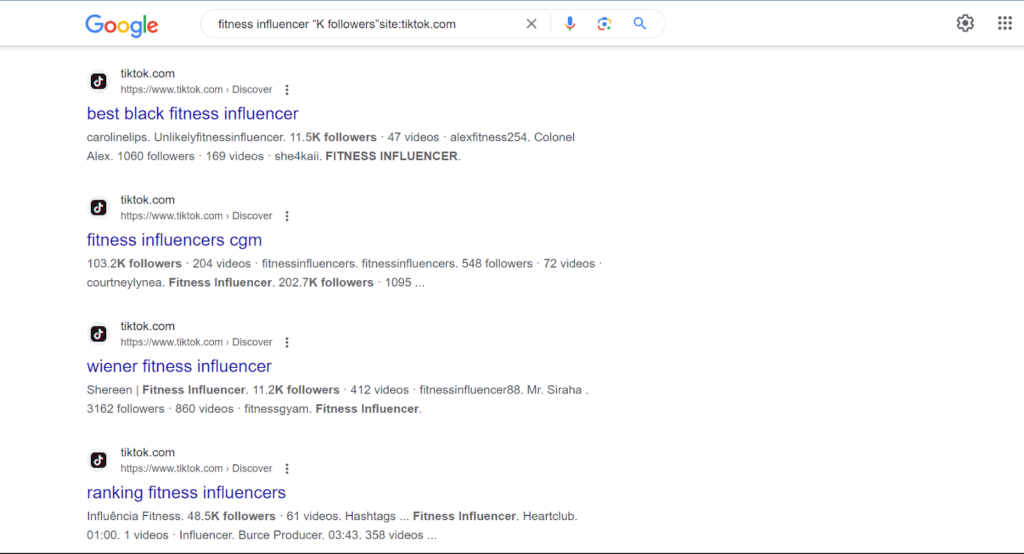
Influencer marketing tools like BuzzSumo or Modash can also do a good job of helping you find relevant influencers.
Moving on, take time to assess these influencers and the kind of content they post. Only go for those that align with your brand.
That said, when reaching out to your chosen influencers, note that some of them may not be interested in your affiliate program. Instead, they may prefer that you pay a fixed rate, which can vary depending on the platforms and type of influencer.
After agreeing with influencers, plan content collaborations together. You could, for instance, send them some of your products and let them share content about their honest opinions on their social platforms. ASOS’s partnership with Brooke is a classic example of this in action:

You can also use influencers to spread the word about discounts or sales you’re running. ASOS did that with Trace, too:
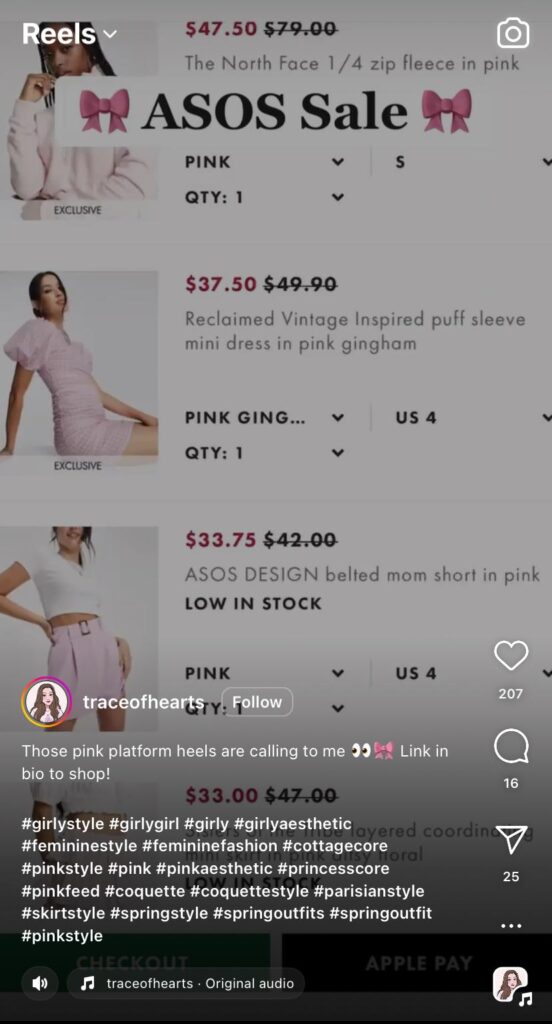
Most importantly, 76% of influencers want to retain their creative freedom. So, for the best results, always allow them to present your brand in their own way.
5. Display Trust Badges and Industry Certifications
Trust badges and industry certifications tell your customers one thing: you’ve met certain criteria, and authoritative figures think you’re top-notch. This is enough reason for customers to trust you enough to deliver high quality.
There are several certifications and badges you can use, starting with security badges. These badges show prospective customers that your website and transactions are secure. So, they don’t have to worry about their data or details getting into the wrong hands. Great examples are SSL certificates, VeriSign, and PCI-DSS compliance badges.
Next, you can display customer satisfaction badges to showcase that other customers are also getting positive experiences from your marketplace. TrustPilot and Google Customer Reviews are excellent choices here. You can see how Decluttr did this below:
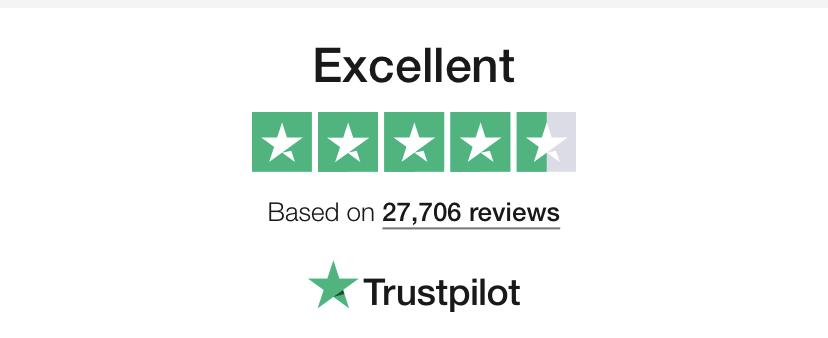
Industry certification and recognition are other options you can leverage. These badges show that your marketplace is industry-recognized and is achieving exploits. Just make sure you go for ones that are relevant to your industry. Examples are INC5000, Organic Food Certification, Handmade Craft Certifications, etc. Here’s how TankAndBarrel show off their INC5000 recognition, for instance:

Finally, you can use payment gateway badges to assure potential customers of secure and convenient online transactions. Popular choices are Visa, Mastercard, and PayPal. See ASOS’, for instance.

When you get these certifications and badges, display them prominently in strategic locations on your website. This includes your homepage, checkout page, product page, or anywhere they’ll be readily visible and accessible to customers.
In Closing
Social proof is a powerful psychological phenomenon that you can leverage to grow your online marketplace. Even better, taking advantage of it isn’t so difficult. This article covers some social proof eCommerce tactics you can implement.
Simply incorporate trust signals such as reviews from satisfied customers, UGC, influencer recommendations, trust badges, and popular product highlights into your marketing plan. And naturally, customers will start trusting you enough to buy from sellers on your marketplace.
Best of luck!

Author Bio:
Eli is the Content Manager of Crunch Marketing. The company works with enterprise SaaS clients, helping them scale lead generation globally across EMEA, APAC, and other regions.
Yan Anderson is the Head of Content Marketing at CS-Cart with over 10 years of experience in the eCommerce industry. He's passionate about explaining complicated things in simple terms. Yan has expertise in building, running and growing eCommerce marketplaces. He loves to educate people about best practices, new technologies, and trends in the global eCommerce industry.

